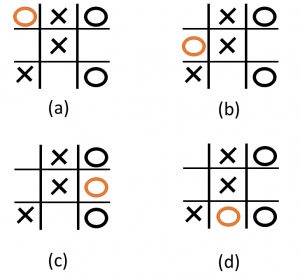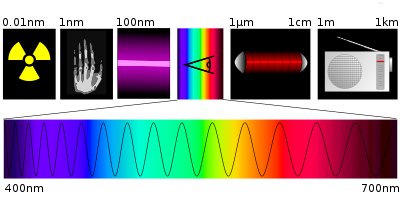I’m delighted with my XPS 13-9343 running Ubuntu from nearly 2 years now.
Few months ago I decided to buy a D3100 docking station to connect my two 24” monitors to my laptop. That was risky because I read a lot about the bad support and low quality drivers for the DisplayLink chipset. But I took the risk.
I installed the drivers from DisplayLink website, but nothing seems to work. After several tries and forum diving, I get some usable system.
I’m running kubuntu 16.10 with the last kernel (4-8.0-45 generic x86_64)
Here my steps:
- Install drivers from DisplayLink website
- Try it! Maybe it starts working fine to you, lucky you! If it is not working, or you have a very low speed monitor or some windows are displayed oddly, follow to step 3
- Try to open a console and run “Xorg :1 -configure”, copy the generated xorg.conf.new file to /etc/X11/xorg.conf
- Edit the file and add ” Option “PageFlip” “off” ” to the Device sections
- Reboot
- If you’re lucky your screens will be working fine!
My results are:
- glxgears on HDMI displays show ~5000 FPS!!! (on laptop screen shows ~60 FPS)
- almost everything is well displayed except:
- systemsettings
- dolphin
I get the information from DisplayLink forum (here, here, and here)
My xorg.conf file
Updated 1st April: System is stable. I can watch Netflix on Chrome and it is very smooth (I don’t know the exact FPS). CPU usage is about 50% DisplayLinkManager and 30% Chrome

